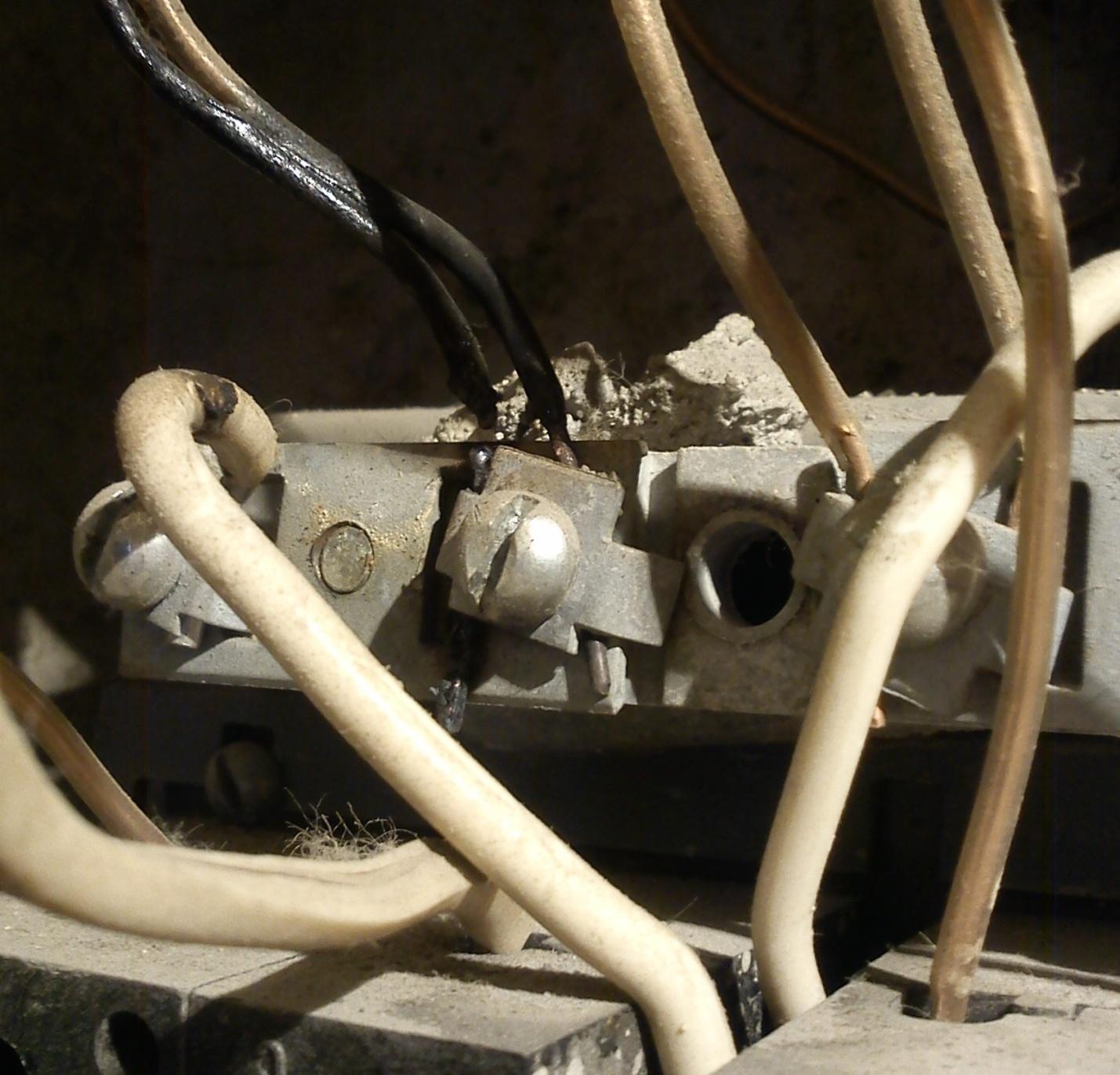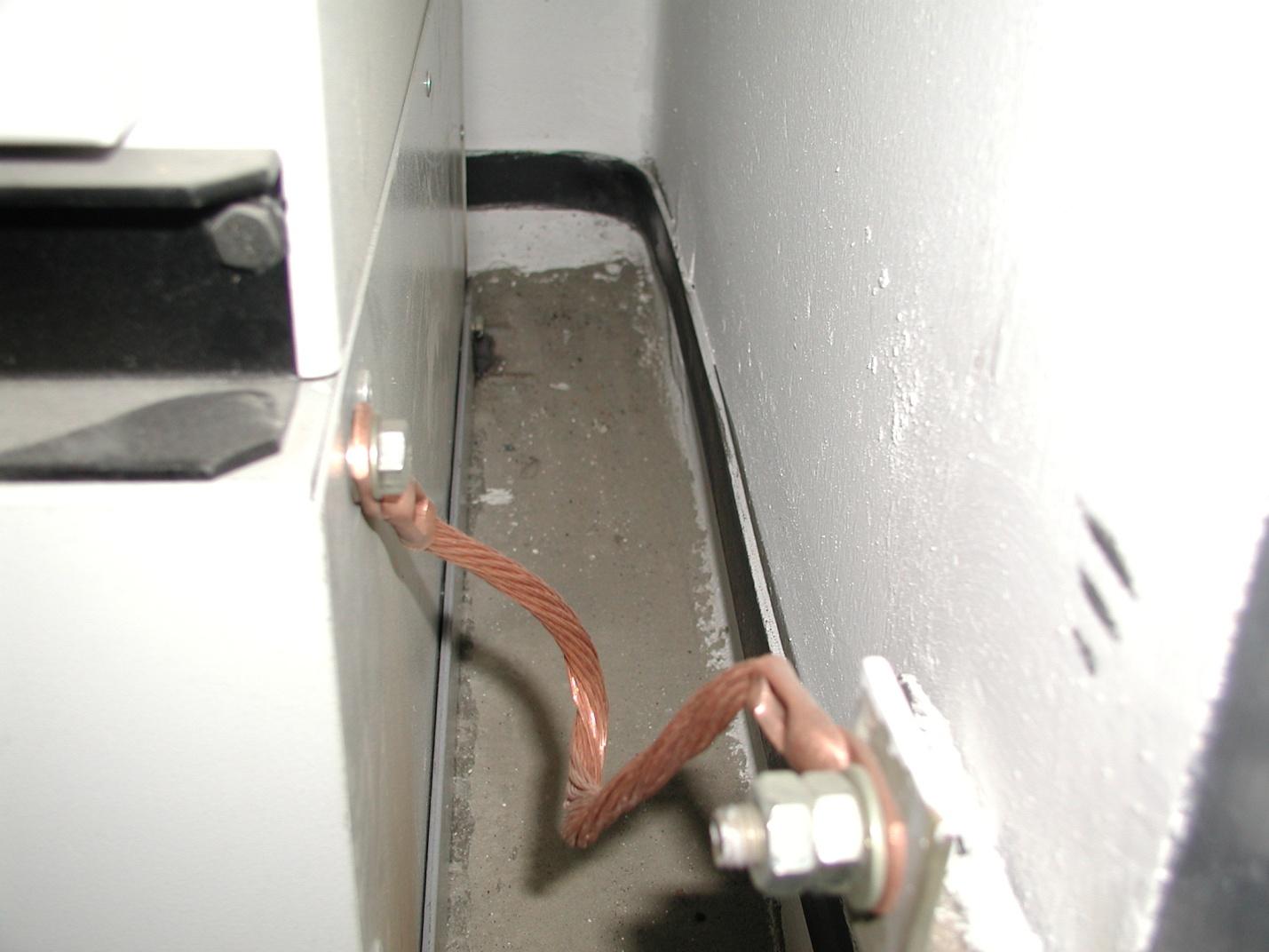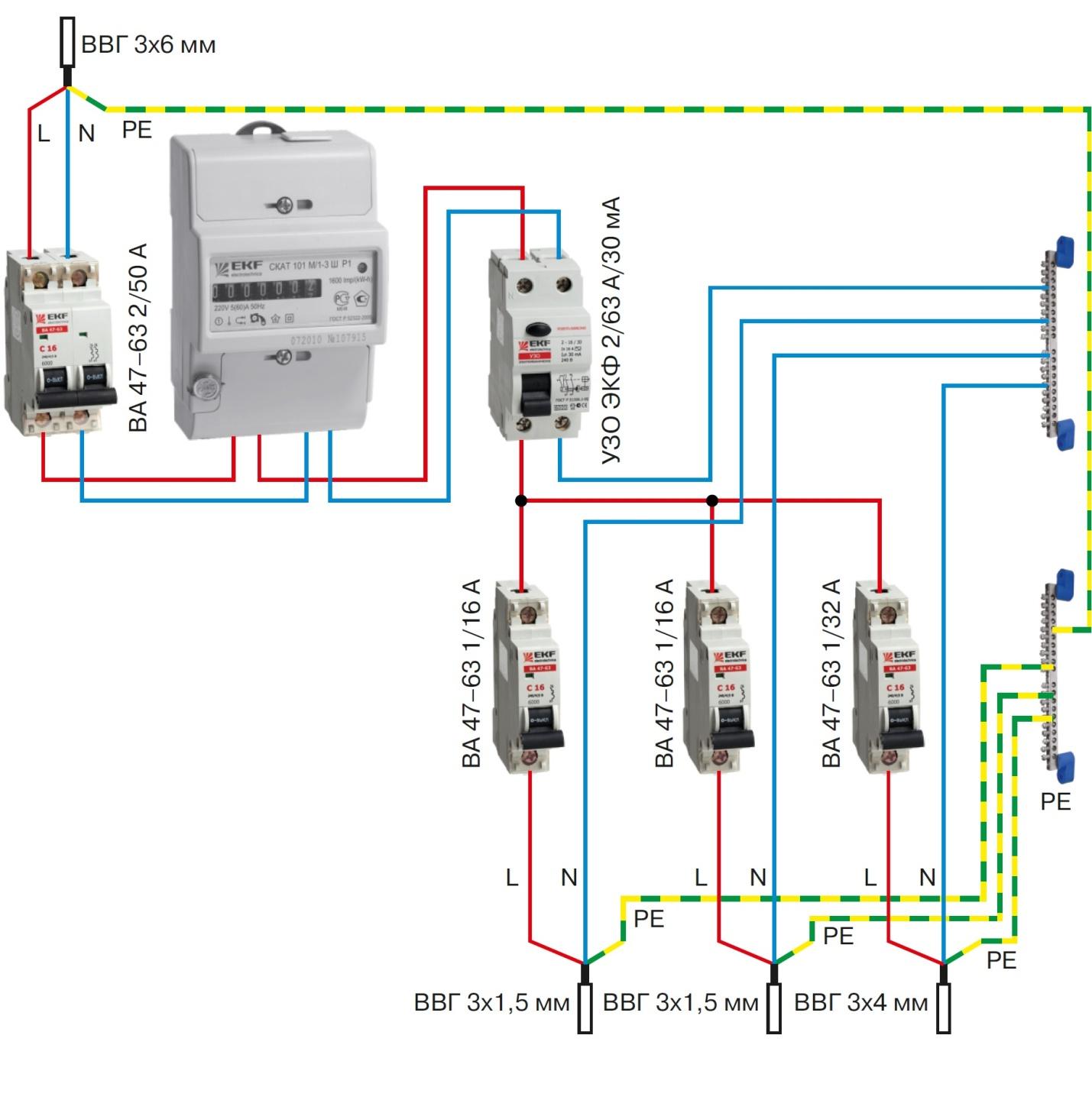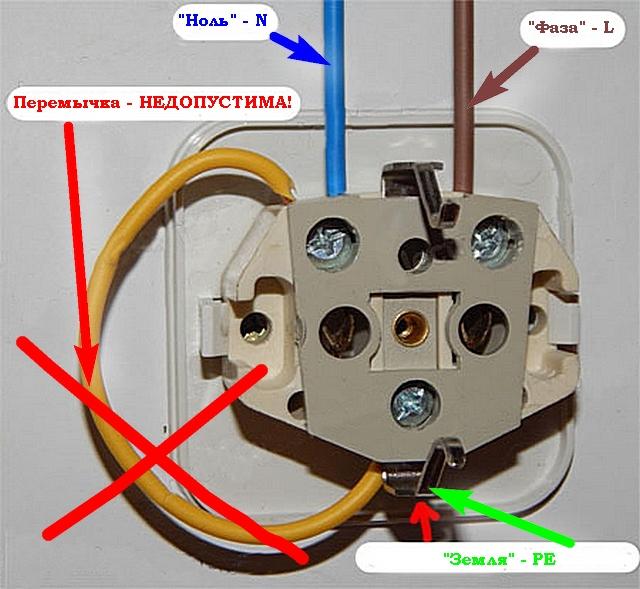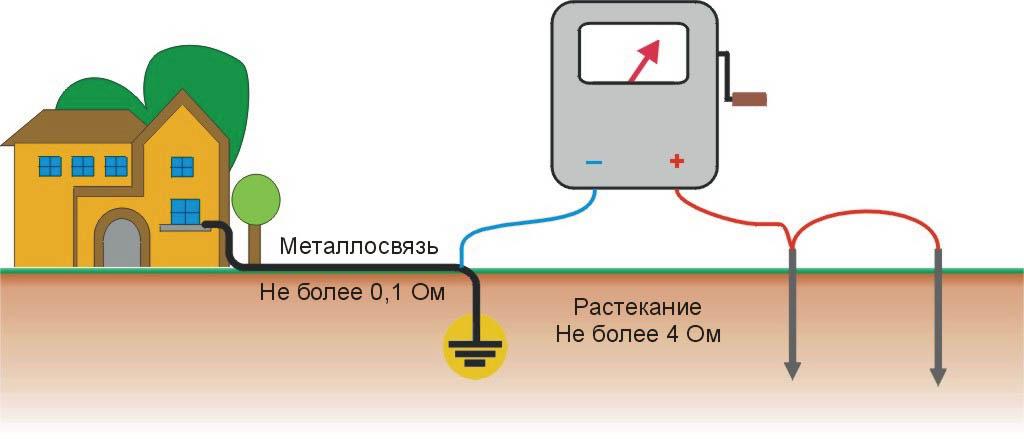Site sections
Editor's Choice:
- How to unlock the washing machine ariston
- Pros and cons of LED lighting
- Impulse relay: device and connection
- How to calculate the illumination of a room with LED lamps?
- Plastic box - aesthetic do-it-yourself wiring
- Electricity consumption of underfloor heating: electric and film
- Installing a pump in a well: how to properly install pumping equipment
- Electrician Tool Kit Overview
- How to choose a water heater: the most complete list of evaluation criteria
- 1 acoustics on the example of Sven SPS-860 and Realtek ALC889 codec
Advertising
| Grounding and neutralization: purpose, difference, features |
|
The function of grounding and grounding is the same - to protect a person from electric shock. The current-carrying conductor was exposed, current leaked to the electrical appliance case, the socket case was damaged - such a malfunction can lead to unpleasant consequences. The considered protective devices, which are designed to neutralize the dangerous factor, to ensure the safety of a person and his property, will help to avoid this. In the article we will tell you about grounding and zeroing, what is the difference and similarity, we will consider their purpose and installation schemes. What is the Difference Between Zeroing and GroundingZeroing scheme indicating the splitting into N and PE on the terminal block of the shield It is most convenient to consider the difference between grounding and grounding by the example of connecting household electrical appliances. Modern houses are equipped with three-wire electrical wiring, where the PE conductor is grounding and does not depend on the working zero conductor N. Thus, the body of the electrical appliance, connected to the PE conductor, receives a reliable connection to the ground - grounding. Old buildings have a two-wire power supply, consisting of a conductor L - phase, N - working zero. N is taken out from the grounding bus in the general house or driveway electrical panel. Initially, it is called a PEN conductor and can be split into N and PE. The splitting must be done before entering the apartment distribution box, or directly in the box. Further, the PE wire is connected to the body of the electrical appliance in the same way as in the first version, but such a circuit will be called zeroing, since the connection to the ground is not direct, but is carried out through a neutral conductor. Read also the article: → "". Which system is more reliableFor comparison, you can see several points:
A burnt-out neutral wire in the switchboard is close to a complete break
Taking into account the above, we can conclude that the grounding system is more reliable and safe, therefore it is better to use it. However, in the absence of such an opportunity, you can resort to an alternative option. It is forbidden to ground directly in the socket by installing a jumper between the zero connector and the grounding bracket. This poses a threat to humans (electric shock) and to household appliances. Arrangement of protective current taps when working with three-phase electrical equipmentThe switching of three-phase electricity consumers differs from the connection of ordinary household electrical appliances, therefore, the device of protective systems is carried out in a different way. At the same time, it is not necessary to confuse the neutral or ground wire participating in the control system, that is, involved in the start-up and shutdown circuit of the unit, with a protective conductor designed to discharge a dangerous discharge to the ground. Design, wiring, electrical connectionThe work is carried out in several stages:
In the event of a short circuit from a voltage leakage due to insulation failure or "breakdown" of one of the phases to the body of grounded electrical equipment, the current will immediately go into the ground along the path of least resistance, that is, through a conductor connected to a working zero or ground. This will save a person from electric shock when touching the body of the device. Read also the article: → “ ». A grounding device is allowed only if there is no possibility of commutation with the ground loop. In all other cases, only protective grounding is considered correct.
The unit is connected through a copper wire to the bus, mounted from the grounding track Mandatory use of additional protective devicesThe described grounding and neutralizing systems are effective in the event of significant leaks or short circuits to the body of electrical appliances. However, in order to achieve complete safety when servicing the equipment, it is necessary to use additional protective means that provide an electrical circuit break in the event of a malfunction. At manufacturing enterprises, these can be automation units (BKI insulation control or overcurrent protection). But the most common means, both in production and in everyday life, are circuit breakers and residual current devices, which:
These devices can be designed for single-phase or three-phase systems. They are:
|
New
- Psychology of educational activity of a younger student. Psychological foundations of teaching a younger student.
- Introduction to the specialty
- Introduction to the specialty
- The psychology of teaching a younger student
- The transition to NEP and repression against dissent 20 30 years of the USSR
- Moscow State University of Press Features of the use of impersonal predicative words
- Responsibility falls on the shoulders of the farmer
- Keynesian model of macroeconomic equilibrium ("Keynesian cross")
- Business game "manager's work week"
- Moscow State University of Printing Arts Computer networks are not used

